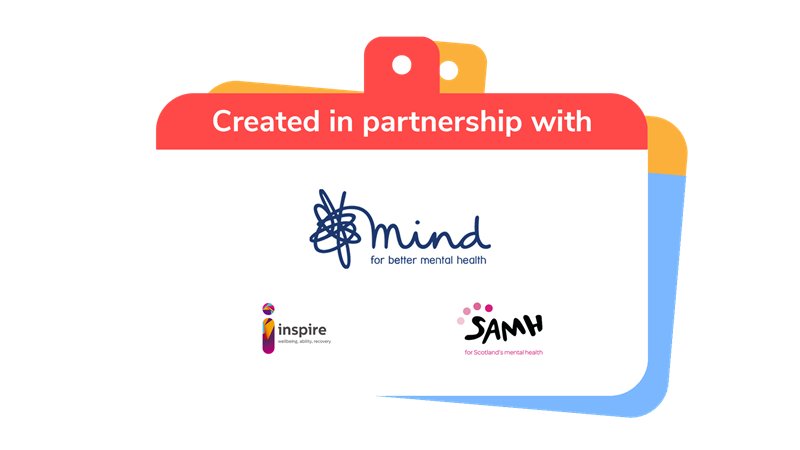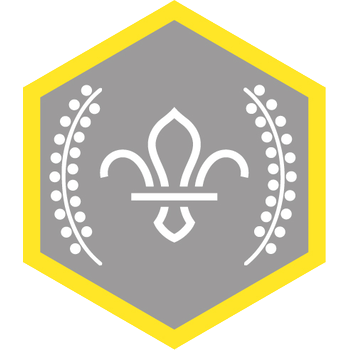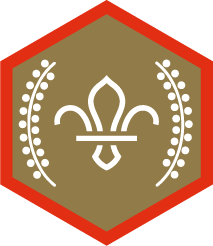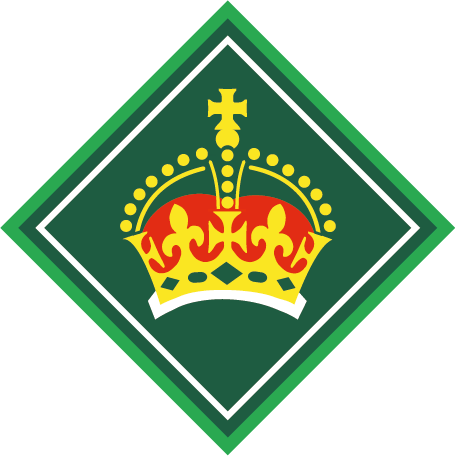
Wellbeing sessions
You’ll need
- Sticky notes
- Whiteboard pens
- Flipchart paper
Wellbeing sessions
- Everyone should decide how they’ll record their ideas. Do they want to shout them out for a few people to write on a big piece of paper, or do they all want to write on sticky notes and then put their ideas together?
- Everyone should think of activities that can boost wellbeing and record them however they agreed in step one.
For example, people may think of walking in nature, meditation, yoga, or Pilates.
- Everyone should figure out which of the five ways to wellbeing each activity fits into. It’s how they show this – they may want to use separate pieces of paper, a colour code, a table, or spider diagrams.
Some ideas may fit into more than one of the ways – it’s up to the group how they show this.
- Everyone should vote on their favourite activities for each of the five ways to wellbeing. They could have a show of hands, vote on a secret ballot, pop beanbags into buckets, or move to different areas of the room – whichever works best.
Leave time for everyone to chat about all of the ideas – do they want to prioritise things that are new, or focus on tried and tested favourites? Do they want to focus on one off longer activities, or do they want to find smaller things they can do regularly?
- Everyone should plan how their favourite ideas could fit into their programme. They could use a calendar or planner, or draw their own on a big sheet of paper. It works well to put the ideas on sticky notes so they can move around easily. They should also think about the practicalities – do any activities need expert visitors? What about cost?
Some ideas may take a whole session (for example, a wellbeing walk), whereas others (for example, mindfulness) could be slotted in regularly, for five minutes here and there.
- The people who plan the sessions should find space to fit people’s ideas into the programme. Depending on how they plan, they may want to agree when to do this activity again or review everyone’s ideas.

This activity helps contribute towards some of the UN's Sustainable Development Goals. Find out more about the SDGs, and how Scouts across the world are getting involved.




Reflection
This activity helped everyone to plan to take care of their mind (and body). Why’s it important that people make an effort to take care of their mind? It may sound obvious, but it can be easy for people to forget to make time for activities that help them feel good. Do people find it easy to make time to take care of their wellbeing? How could they help each other to find time and space?
This activity was also about improving wellbeing. How do people feel knowing that positive activities are planned for the future? Hopefully they feel optimistic and excited – if anyone’s feel nervous about an activity, how can everyone support them? It can be helpful to label activities as ‘wellbeing activities’ as it helps people focus on the benefits. Can anyone think of any other activities they do that boost their wellbeing? Can anyone think of ways to improve their wellbeing outside of meetings?
Safety
All activities must be safely managed. You must complete a thorough risk assessment and take appropriate steps to reduce risk. Use the safety checklist to help you plan and risk assess your activity. Always get approval for the activity, and have suitable supervision and an InTouch process.
If you’ve got a big group, people could split into five groups and each could come up with ideas for one of the five ways to wellbeing before swapping to think about another.
People could take on the challenge of delivering some of the activities themselves.
Mental health is complicated – positive wellbeing activities can’t always make mental health problems better (no matter how great they are). This isn’t anybody’s fault, and it’s always OK to need some more support for mental health problems. Remind people that talking to a trusted adult, a GP, or Childline are all great places to start (and always follow the Yellow Card).
Be sensitive if anyone has experience of mental health problems. Let them (and their parents or carers) know about the activity in advance and find out if there are any topics you should avoid. People only have to share as much as they want to. No one has to share their deepest secrets or feelings if they feel uncomfortable – they can still chat about their wellbeing and things that help on a day-to-day basis.
All Scout activities should be inclusive and accessible.
How will you share the wellbeing activities your group’s planned? You could create a display or plan social media posts that explain how the activities relate to the fie ways to wellbeing and encourage others to get involved. If you add a way for people to sign, they could pledge to do more to take care of themselves and their wellbeing. Don’t forget to signpost to resources such as Childline, Samaritans and Mind, SAMH, or Inspire.





